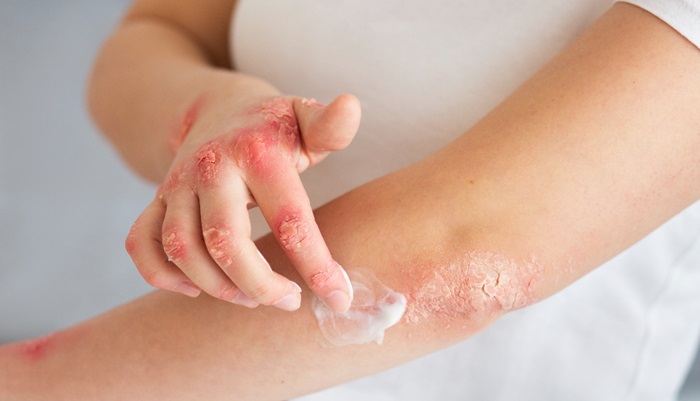Skin grafting (skin transplant) is a surgical procedure that involves taking healthy skin from one part of the body and transplanting it to cover damaged or missing skin. Within a few days, the grafted skin begins to develop blood vessels and connect with the surrounding skin.
One of the indications for performing a skin graft is to treat burns. What is the procedure like, and are there any risks?
Contents
Purpose of Skin Grafting
In addition to treating burns, skin grafting may also be recommended by doctors to address damaged or missing skin that cannot heal on its own, such as:
- Infections
- Surgical removal of skin cancer (such as Mohs surgery)
- Skin ulcers and pressure sores (pressure injuries)
- Slow-healing wounds or very large wounds
For burns, skin grafting is not the only treatment option. However, in appropriate cases, the procedure can help improve the function and appearance of the affected body area.
Dr. Poengki Dwi Pierwantoro, Sp.B.P.R.E., MM, a plastic surgeon at Mandaya Royal Hospital Puri who specializes in burn treatment, explains that the first thing to consider before performing a skin graft is restoring the function of the burned organ.
“For burn patients with deep-degree burns, we prioritize restoring limb function first. The patient must recover and survive, and then we focus on improving finger and joint function in both the feet and hands, one of which can be done with a skin graft,” said Dr. Poengki.
Types of Skin Grafts
Skin grafts are divided into several types:
-
Split-thickness skin graft (STSG)
During this procedure, the doctor removes the top layer of skin (epidermis) and only part of the second layer (dermis). STSG is commonly used to cover areas of damaged or missing skin. The donor skin is typically taken from the thighs, buttocks, abdomen, or back.
-
Full-thickness skin graft (FTSG)
In this procedure, the doctor removes and transplants both the top layer and the entire second layer of the skin. This procedure requires a longer healing time than STSG because the transplanted skin is thicker.
Regarding the types of skin grafts, Dr. Poengki explains that STSG is usually performed on patients with acute or newly developed burns.
“For patients with new or acute burns, we perform STSG, which involves taking thin skin and transferring it to the burned area,” said Dr. Poengki.
“FTSG, which is thicker, is usually taken from the groin. The entire skin layer is removed, and the donor site is stitched, leaving a single scar. This is used for burns that have been present for some time and have resulted in contractures,” he explained.
Skin Graft Procedure for Burn Treatment
Here is the skin graft procedure for burns:
- The surgeon begins the skin graft operation by removing skin from the donor site.
- If performing STSG, the doctor will take skin from body areas usually covered by clothing, such as the hips or outer thighs.
- If performing FTSG, the doctor may take skin from the abdomen, groin, forearm, or area above the collarbone.
- After harvesting the skin from the donor site, the doctor will place it over the transplant area and secure it with surgical dressings, staples, or stitches.
- Once the procedure is complete, the doctor will cover the donor site with a dressing that will not stick.
Within a few days, the grafted skin may appear purplish or reddish. After about a week, when the doctor removes the dressing, the skin will look pink. Over time, the skin color will change to match the surrounding skin.
Burn Treatment at Mandaya Royal Hospital Puri
Mandaya Royal Hospital Puri has a team of specialist doctors who handle burn cases, including Dr. Poengki. He is experienced in treating burn cases that have developed into contractures, a serious complication that causes the shortening and stiffening of skin, muscles, and joints, limiting movement.
In addition to Dr. Poengki, Mandaya Royal Hospital Puri also has another burn specialist, Dr. Rezania Khairani Mochtar, Sp.B.P.R.E. She has attended various courses and training in burn care, such as the Emergency Management in Severe Burns, Australian & New Zealand Burn Association, and Emergency Management of Burn Injury in Daily Practice at the 3rd Jakarta Annual Surgical Update.
Would you like to consult directly with Dr. Poengki and Dr. Rezania regarding burns that you or your family members have experienced? Feel free to visit Mandaya Royal Hospital Puri.
Use the Chat feature via WhatsApp, Book Appointment, or the Care Dokter app, which can be downloaded from Google Play and the App Store, to facilitate your visit, check your queue number, and get complete information.



